What Makes A Comic Run Legendary?
By Dan Brown
When comic fans say they love a particular “run,” they’re not referring to shredded panty hose or uncomfortable bowel distress. No, they’re talking about long-running comic titles that have a prolonged period of creativity for a set number of issues under a certain creative team or individual comic creator.
Are you a fan of a TV show that’s been around for a while? Are there maybe one or two seasons that stick out in your mind? Then you’ve got the idea of a legendary run in comics. This is why you’ll hear comic enthusiasts say something like, “I believe John Byrne’s run on The Fantastic Four is second only to Jack Kirby and Stan Lee’s time on the same series.”
Runs are possible because some titles have been around for more years than I’ve been alive.
For example, in the course of a series like Marvel’s The Amazing Spider-Man, which launched in 1963, a long list of writers and artists (not to mention inkers, colourists, letterers, and editors) have worked on the book over the decades, bringing the venerable web-slinger to life.
Naturally, fans like how Spidey is handled more or less depending on who is doing the drawing and writing. And of course we fans also love to debate the merits of different runs.
Steve Ditko did the art for the first 38 issues of Spider-Man and his run is considered foundational. But some modern fans prefer, say, when John Romita Jr. drew the title with J. Michael Straczynski scripting in the early 2000s. It’s all up to personal preference.
Why are some runs so fruitful, such a riot of invention? Dunno. It’s up to comics alchemy.
There are ongoing debates about why a particular partnership jells, setting the comic world on fire. But nobody knows exactly why a specific illustrator or writer is in the zone over a sustained period of time.
So companies such as Marvel or DC can’t set out to launch a legendary run. It just happens. You might as well try to guess what the source of all creativity is.
What I do know for sure is that in my long career as a comic fan, I’ve been blessed to witness many amazing runs.
It was probably the partnership of John Byrne with Chris Claremont on The Uncanny X-Men back in the late 1970s and early 1980s that solidified my burgeoning love for comic books.
The work they did together is still remembered fondly today, including the Dark Phoenix story arc. Those issues are beyond legendary, beloved by subsequent generations of comics fans – and the folks in Hollywood, who continue to plunder the duo’s ideas for fresh movie material.
The pair launched a team of Canadian heroes, Alpha Flight, during their reign on X-Men. Byrne would later pencil and write the first 28 issues of that group’s own title, which I just finished re-reading in anthology form.
Why was Byrne on the Alpha Flight series for only two years? Because that was enough to tell all the Alpha Flight stories he wanted to tell.
The sometime Canadian then had a truncated run on The Incredible Hulk – it’s not clear to me why he didn’t do more than six issues of the rampaging creature’s adventures. It’s not like he didn’t have the staying power – as he proved when he did the creative duties on The Fantastic Four for a staggering six years. (It wasn’t until I read the early Kirby/Lee issues of Fantastic Four that I understood what Byrne was trying to accomplish with Mister Fantastic, the Invisible Woman, the Human Torch and the Thing. So sometimes a particular run will “echo” a previous one on purpose.)
Other runs I love: Walt Simonson on Thor, David Mazzuchelli on Daredevil, George Perez and Marv Wolfman on The New Teen Titans, George Freeman on Captain Canuck, Michael Golden and Bill Mantlo on The Micronauts.
The new wrinkle in modern publishing seems to be that the legendary runs are published as a series with a limited lifespan, such as Jeff Lemire’s 40-issue Sweet Tooth series, which was such a moving story (with a concrete ending) it made me cry. Or Mark Waid’s Irredeemable, which lasted a similar 37 issues. Those comics were not meant to go on endlessly.
Perhaps today’s comics publishers realize sometimes less is more, and the concept of a superhero series that will grind on for years, eating up creative talent, has built-in limitations of its own.
I mean, Byrne and Claremont had the audacious ambition to kill off Phoenix during their tenure on X-Men, a stunning move in 1980. But looking back, it feels like each subsequent creative team has sent her to the grave, too. I know that’s an exaggeration, but even a Phoenix can die only so many times before readers grow restless.
Dan Brown has covered pop culture for more than 31 years as a journalist and also moderates L.A. Mood’s monthly graphic-novel group.



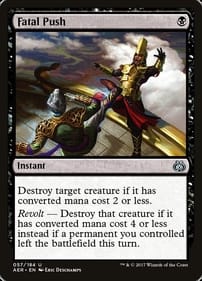
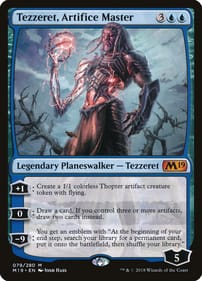
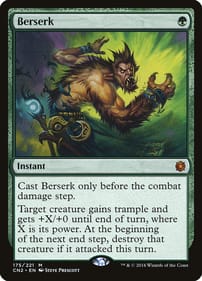
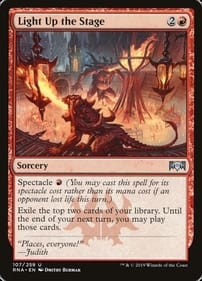
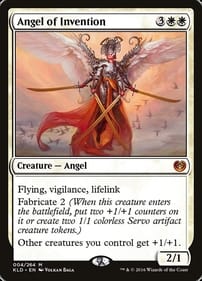
Leave a comment